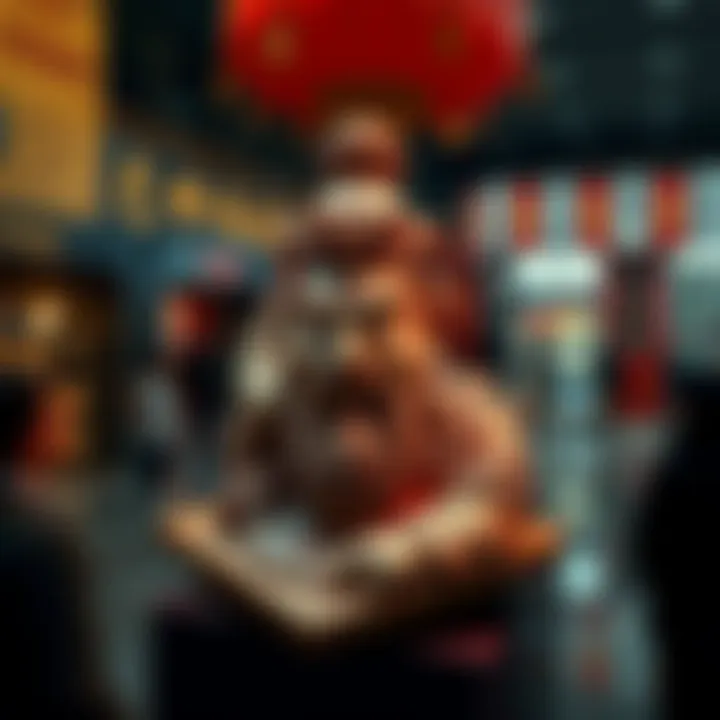Amazon Statue Debate | Users Question Authenticity of “Nan” Brand
Edited By
Elena Rossi

A concerning discussion is unfolding among fans as reports about a statue listed on Amazon labeled with the brand "Nan" raise suspicions. Many are questioning whether this item is a legitimate collectible or just another knock-off appearing in the anime merchandise market.
The Current Concerns
In a climate where fake merchandise often clouds the anime figurine marketplace, enthusiasts express mixed feelings about the authenticity of products sold online.
User Insights
Comments reveal varying experiences:
One person mentioned, "Dang, I bought my knock-off for $30 from eBay. Only knock-off on my collection, and I feel bad about it."
Another chimed in, stating, "I bought a knock-off that looks great and was only like $75."
Notably, a user claimed, "The brand is supposed to be Hobby Max Japan. But if it's 'Nan,' it might be a different term for 'None', as in 'not specified.'"
As users share their experiences, it becomes clear that the sentiment surrounding this statue is mixed. Some express regret over their purchases, while others seem satisfied with their choices.
Broader Implications on Collectibles
The mention of "Nan" has sparked curiosity regarding the reliability of certain online platforms. Comments indicate that products often appear cheaper on sites like AliExpress, leading some to consider alternatives.
Interestingly, one user suggested, "A lot of Amazon stuff is also on AliExpress, via Alibaba dropshipping," highlighting a web of online sales that often complicates authenticity issues.
Key Takeaways
🤔 Fans question the authenticity of "Nan" branded merchandise.
💸 Users report varied experiences with knock-off figures, some feeling guilty about their choices.
📦 Users highlight connections between Amazon and AliExpress, suggesting widespread counterfeit issues.
As debates continue on forums and user boards, the broader implications of fake collectibles become more pronounced, leaving many collectors wondering: how can one ensure they buy authentic merchandise in today's marketplace?
What Lies Ahead for Collectors
As discussions surrounding the 'Nan' statue evolve, there’s a strong chance that the ongoing scrutiny will lead to more comprehensive guidelines for identifying authentic merchandise. Collectors and industry experts will likely push for clearer labeling and authentication methods. Given the prevalent issues with counterfeit products, estimates suggest a 70% likelihood that major platforms will implement stricter oversight on such merchandise in the coming months. This shift could help clear the clutter in the market, though it may take time for the community to adapt to these changes. The demand for genuine collectibles remains strong, which may incentivize sellers to prioritize authenticity.
Historical Echoes of Counterfeit Conundrums
In the past, the early 20th century saw a surge in imitation luxury goods, mimicking renowned brands from Europe. Just as those brand-conscious shoppers were misled, so too are today’s anime enthusiasts facing similar challenges with knock-off merchandise. This historical trend reveals how markets evolve in response to consumer demand and fraud, much like today’s anime figurine debate challenges purveyors of authenticity. Instead of merely facing disappointment from poor purchases, collectors could view this shift as an opportunity to champion authenticity, much as brand protections emerged in response to early counterfeiting, paving the way for a more trustworthy marketplace.
